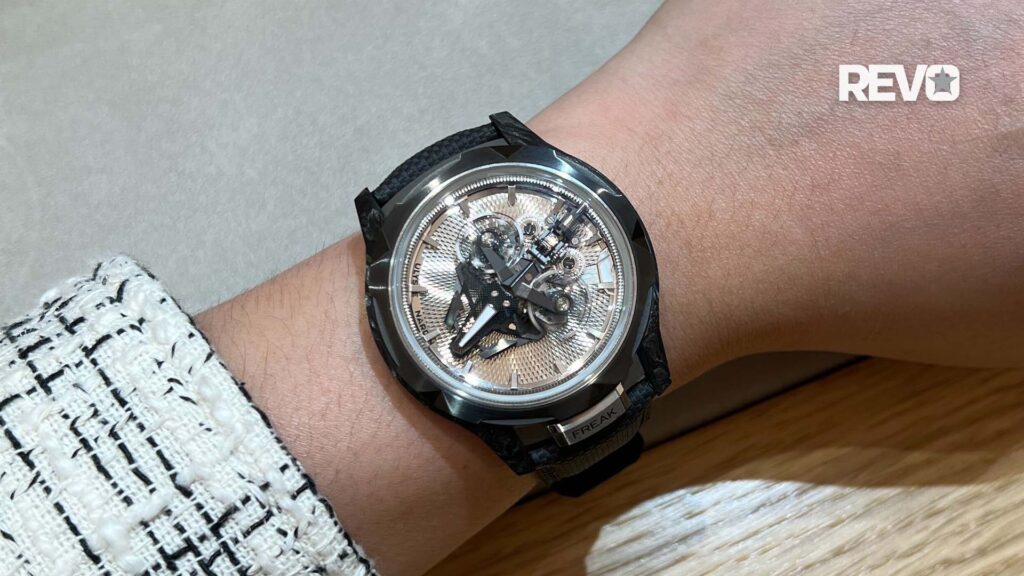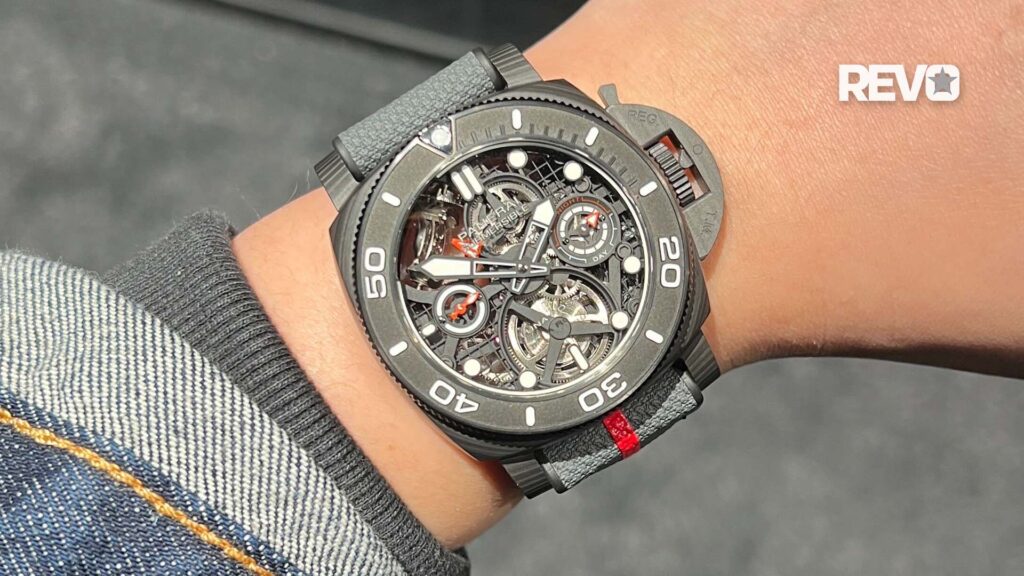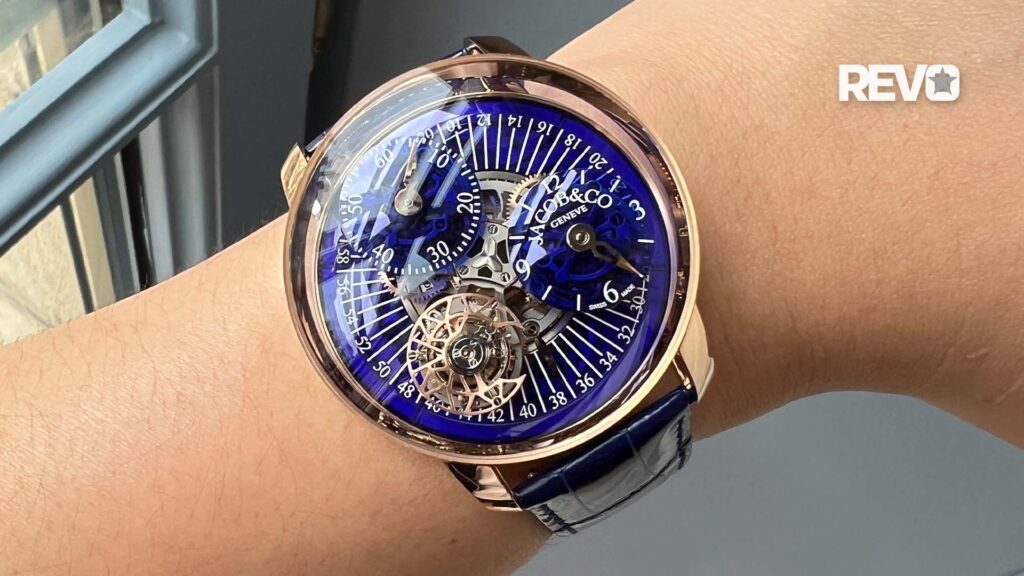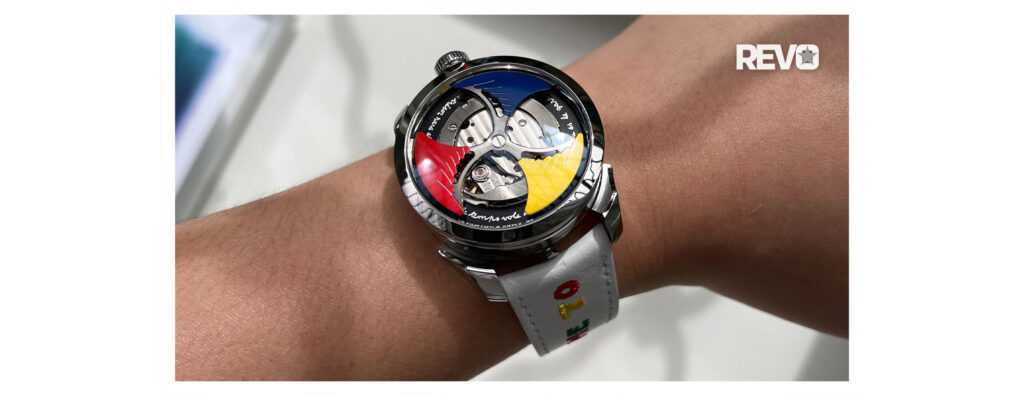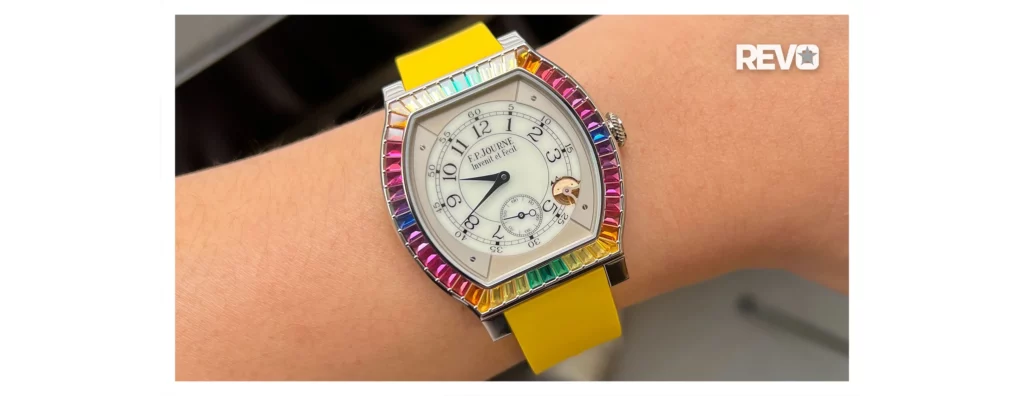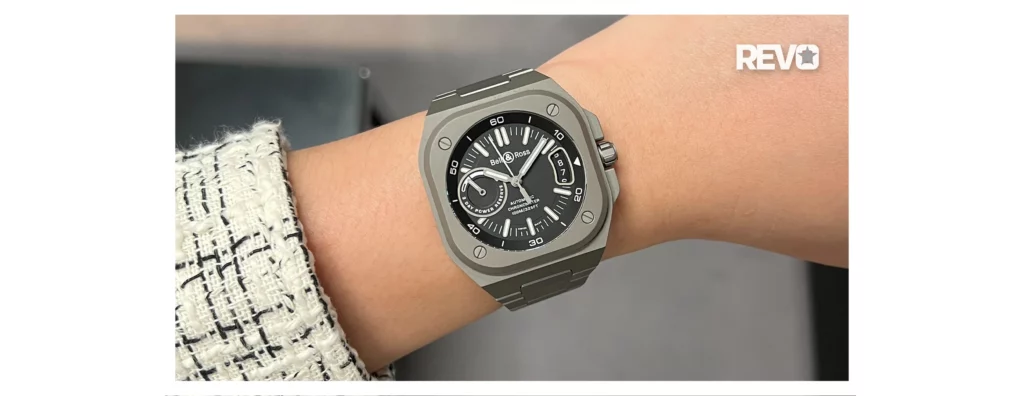News
Pandemic-Proof? Luxury Watch Auctions Boom Online
According to Mercury Project, a Switzerland based research firm, the five big auction houses —Antiquorum, Bonhams, Christie’s, Sotheby’s and Phillips clocked a revenue of CHF 316 million against all odds last year. “As the world started to shut down in March, we were not sure how the luxury watch market would respond to the pandemic but we soon realised that our clients were still hungry forwatches. They wanted to buy from the confines of their homes. So instead of having our usual auction in May, we organised our first auction for 2020 in June,” says Alexandre Ghotbi, Phillips head of Watches, Continental Europe, and Middle East director.
The Digital Boom
A smashing success of sorts, this live watch auction proved to be a game-changer not just for Phillips but the overall industry, which had been talking of digital sales for over a decade but not with the same conviction as seen in 2020. “Our sales at this auction totalled over USD 31.7 million. It was the first-ever, non-thematic white glove auction. We had over 2000 people bidding online and over phone calls, it was just so exciting,” says Ghotbi.
Although the pandemic hit a pause button on an entire season for auctions in spring 2020, the world’s top five auctioneers organised 189 sales for luxury watches last year, up from 66 in the pre-pandemic world of 2019. According to the Mercury Project, there were 9,392 watches sold through auctions last year, down by just 10 per cent as compared to 2019.
Come One, Come all
Phillips’ summer auction flipped the switch for luxury watch sales across the spectrum, encouraging first time buyers and millennials to explore the world of pre-owned watches like never before. While Sotheby’s overall footfall for online sales reported around 25 percent first time bidders for each of its auctions, at Christie’s 32 per cent of the new online-only sale buyers were millennials.
According to Justin Reis, Global CEO & Co-Founder at WatchBox, the pandemic ushered in a shift in collecting behaviours. It encouraged people to be more research-driven, which contributed to a growing appetite for high-quality watch content. “Many collectors turned to the watch community as a welcomed outlet for entertainment, enjoyment, and distraction. Overall, our clients were incredibly engaged throughout this period. They participated in webinars and IG Live sessions, watched special interviews, hands-on watch reviews and weekly reports on the state of the watch market,” he says.
“The rise of online events, which went up from just 22 in 2019 to 144 in 2020, favoured the arrival of a younger audience — a new generation of collectors aspiring for good value bargains. They aren’t responsive to all price segments, nevertheless Patek Philippe and Rolex seem to be the most popular brand at these events. Despite the fact the watch auction results declined 19 percent in 2020, they confirm the appeal of vintage pieces,” says Thierry Huron founder of Mercury Project.
The Biggest Success Stories
It is no news that the two leading brands in the secondary market are Patek Philippe and Rolex. However, there was also a surge in demand for brands like A. Lange & Sohne, Breguet, Audemars Piguet, Richard Mille and Philippe Dufour. One brand that really outshined the indies brigade was F.P.Journe. The number of F.P. Journes available in the secondary market is really small but the pieces command some of the top lots by value at most auctions. “While Patek Philippe and Rolex account for more than two third of the most rewarded lots, F.P Journe was present in some very high value lots—five in the top 50 (including two millionaires lots) . Same for Richard Mille (4 lots in the top 50). The Heuer Monaco was a surprise in 2020, and I am not convinced such a deal will be repeated, due to the extreme rarity of this kind of offer,” says Huron.
“If we extend the list to half-millions lots (56 pieces in total, including millionaire lots), Patek Philippe has 29 lots, followed by Rolex with 14 lots. Both account for 73 percent of the lots and the remaining portion is shared by F.P. Journe, Breguet, Heuer and Philippe Dufour,” explains Huron.
While Rolex and Patek Philippe have proved to be the most dependable brands in times of crisis and uncertainty, Ghotbi says, from an investment perspective, it is not to choose significant models from these brands. “It is interesting to see the rise of collectible modern watches, which didn’t have many takers until a decade ago. Patek Philippe complications from the 2000s, the steel Nautilus, the iconic sports or tool watches from Rolex have also been gaining popularity over the Bubblebacks, which were a rage 20 years ago,” he says.
The other big brand that is making waves in the secondary watch market is Cartier. Hugely popular for its unique design sensibilities and the iconic Tank series, vintage Cartier models are really hot right now and experts feel the demand for these is only going to go up in the coming years. “I was always a fan of Cartier but the market has been relatively soft for some years. What started in 2019 has continued in 2020 and vintage Cartier is experiencing a strong demand and increasing prices. I would say Cartier is the dark horse of the pandemic. Let’s see if it becomes a longer trend,” says Schutz.
According to Alexandre Bigler, vice- president and head of watches for Christie’s Asia Pacific, the auction house set 11 records in 2020 and sold five watches priced over USD 1million. “There was a major conversion to online sales with a 211 percent increase in value offered online. We set a record for the most valuable watch sold at Christie’s online with the sale of Patek Philippe reference 1463 in pink gold that went out for USD600,000. The top five watches by value sold by Christie’s last year, were all hammered at our Hong Kong saleroom, and they are all Patek Philippe timepieces from our Titanium & Ruby Collection,” he says.
The Rise and Rise of F. P. Journe
Challenging the well-established players in the auction market, F.P. Journe has been increasingly hogging the top 10 slots at most auctions over the last couple of years. In January, Antiquorum sold a platinum-cased 2004 Octa Calendrier with a golden dial and brass movement for more than double its estimate to fetch Euros 188,500.
With his diverse range of watches— time-only pieces, split seconds chronographs, and highly complicated watches with chiming and astronomical complications—made in extremely limited numbers, F.P. Journe has turned out to be the new poster boy of the million-dollar club at auction houses across the globe.
Though no one questions the worth of Journe’s unique design language and impeccable quality, there is a lot of curiosity around the recent rise in prices for his watches made between 1999 and 2004 (the “brass period” when F.P. Journe was manufacturing his movements in brass rather than gold). “Over the last few years, I have observed a general tendency, especially from “younger” collectors, to look for something special and break out the uniformity we sometimes see with the big brands. That led to an increased interest in alternative brands –the so called independents. F.P. Journe is probably one of the top three protagonists in that sector. Journe is managing his brand in a smart way by keeping the balance of a low production and control of the secondary market. Honestly, not every FP Journe needs to be 200K in an auction to be an interesting collectible,” says Schutz.
It is important to assess the importance of service Patrimoine, which was launched prior to Journe’s meteoric rise, as the brand felt compelled to buy back and service their old watches, in turn, offering the possibility of owning a discontinued F. P. Journe, backed by a three-year warranty,” he says.
Outlook 2021
While vintage watches from top auction players like Rolex, Patek Philippe, Audemars Piguet and F.P. Journe would continue to garner collectors’ interest in the coming months, independent watchmakers such as Greubel Forsey, Rexhep Rexhepi, Roger Smith, Kari Voutilainen, Philippe Dufour and Petermann Bédat are also expected to do well in the pre-owned market. “We are quite optimistic about the performance of Patek Philippe and Rolex this year. Particularly for Patek Philippe, leading our Hong Kong live auction this May is Alan Banbery’s Unique Patek Philippe Reference 3448J ‘No Moon Phase’ with Prototype Leap Year Indication (estimate US$3.1 Million – 5 Million). This work of art was presented by Henri and Philippe Stern to Alan Banbery in 1975, is now one of the most legendary wristwatches associated with Patek Philippe, and is poised to set a world auction record for the reference,” says Bigler.




